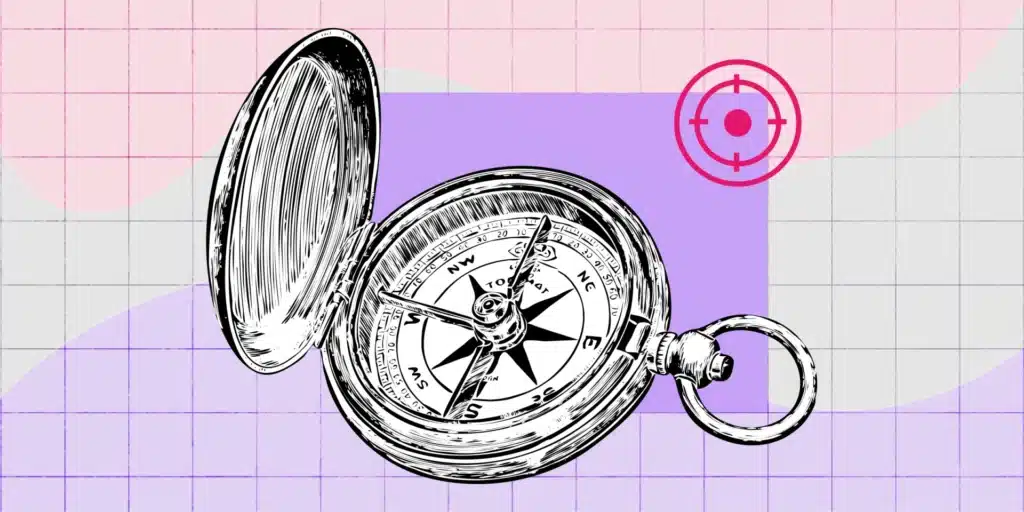Performance assessment is an increasingly common assessment method that offers significant advantages over traditional high-stakes testing.
What is a performance assessment?
Performance assessment is a summative assessment tool that is used as a substitute for high-stakes testing. It’s intended to focus more on practical or applied skills—more “do you know how to use your knowledge?” versus “tell me what you know.” Other common terms include “authentic assessment” or “performance-based assessment.”
So, what is a performance-based assessment? It can be an individual or group project, a portfolio (with potentially one or more pieces foregrounded) or an open-ended response exercise. The creation process of the work is then graded according to a set of pre-agreed criteria or a checklist, shared with the student in advance.
This is the “performance” part of the “performance assessment”—and this accountability for the process is what sets it apart from grading a regular assignment.
Performance assessment: Why now, and why in higher education?
Standardized testing is becoming increasingly outdated in K–12 contexts, according to a report published jointly by the Massachusetts Consortium for Innovative Education Assessment and the Center for Collaborative Education. This kind of traditional testing exacerbates socioeconomic differences while failing to properly assess skills pre-higher education. A new Quality Performance Assessment scheme is underway to “engage students in ways that standardized tests cannot, giving students more say in how they demonstrate their knowledge in culturally responsive ways.”1
If this kind of shift in performance-based assessment is truly underway for the freshmen of the future, performance assessment is worth considering sooner rather than later.
Why use performance assessment?
Here are some benefits of performance assessment over standardized testing:
1. Performance assessment looks at higher-order thinking skills and problem-solving abilities. Other features like time management and clear communication are also tested in these kinds of assessments. This ultimately leads to a deeper and more meaningful learning process.
2. High-stakes standardized testing evaluates whether students know enough about a subject. Performance assessments, on the other hand, measure whether students can apply the knowledge appropriately in various contexts.
3. If interim goals are created and applied correctly, performance assessments allow students to monitor themselves. This type of metacognition, particularly in a test environment, is enormously beneficial to higher-level student learning.
4. Any instructors who use performance assessments need to include the standards they expect and the steps that they must take in applying the knowledge in the curriculum. This makes “teaching to the test” a positive teaching and learning strategy.
5. Performance assessments go hand-in-hand with modern teaching strategies like active learning and critical thinking. If a student undertakes collaboration and discussion in a classroom context (and in formative assessment), those learned skills will be more easily applied and evaluated in summative assessments, and eventually reflected in students’ performance.2
How do performance assessments work?
The educator sets a task for which there is more than one route to completion or a complex problem to tackle with considerable leeway for interpretation.
Students must reach an answer—but the answer is not the most important part. Rather, the journey is the destination. Students must demonstrate competencies in production, communication and applying their content knowledge.
The most effective way of measuring this is by assigning a list of performance tasks, along with an achievement level for each. This list should be reasonably comprehensive and scoring for each task should take place on a scale.
These tasks can reflect industry best practices. A performance assessment example for a computer science class could be answering “Did the candidate effectively document their code?” That task could be measured on a grade of “not achieved,” “partly achieved” or “fully achieved.” A performance assessment example for an art class could be “Did the student correctly gather requirements to complete the project?” Final scores can then be calculated from this list.
The key to performance assessment is that students develop how they approach their tasks while understanding the standards to which they will be evaluated.
What you need to make performance assessment successful
1. Templates and scoring rubrics
For students, performance assessments are a balancing act between the open-ended nature of the project, and the competencies and mastery they need to demonstrate to meet learning objectives. You can either share the full guidelines of how the project will be graded with your students. Instructors can also build templates for intermittent assessments that explain what must happen at each stage and when—for instance, an abstract, a first draft, and one for the final presentation.
2. Examples/benchmarks: Good (or bad)
Students who have set open-ended tasks for summative assessments will find previous examples crucial to success. These examples could be ‘ideal’ versions of work for them to follow. However, they could also be flawed or low-quality work that can be used as part of a teaching activity. For example, students can then try evaluating and discussing in class what they would improve, why and how in order to arrive at the correct answer.
3. Help your students prepare and practice
Although many of your students will have participated in performance assessments in the past, there will be others to whom the concept is completely new. Setting milestones, in the form of mini-performance assessments, in preparation for the final tally will help them get used to thinking in a new way. This may help reduce anxiety that might affect their overall performance.
4. Leverage your community
It’s rare that a performance assessment would just touch on a single course—they are almost always interdisciplinary. Rather than producing a performance assessment and the communications you need with your students alone—get assistance from fellow instructors in your field. This can also be a form of professional development for instructors. After all, if performance assessment is meant to measure real-world application of knowledge rather than producing another version of your lessons, your tasks should reflect real-world situations. And reality is seldom based on a single subject area.3
References
- Famularo, J., French, D., Noonan, J., Schneider, J., Sienkiewicz, E. (2018) Beyond Standardized Tests: A New Vision for Assessing Student Learning and School Quality. [White paper]. Retrieved from http://cce.org/files/MCIEA-White-Paper_Beyond-Standardized-Tests.pdf
- >Hibbard, K.M., et al. (1996) A Teacher’s Guide to Performance-Based Learning and Assessment. Alexandria, Virg.: Association for Supervision & Curriculum Development.
- Performance Assessment. [White paper]. Retrieved from https://www.learner.org/workshops/socialstudies/pdf/session7/7.PerformanceAssessment.pdf


